To everything we do in life, a “proper” technique can be attached. May it be a painting technique, athletic form, bricklaying, or cleaning a clogged sink. Technique refers to an efficient way of executing a task, made in a specific fashion, to bring a specific result. For a technique to work properly, a certain set of conditions needs to be present: if X occurs, I do Y, and it leads to Z. When conditions change, technique changes. While building a technical base is important for capacity to perform, it can become limiting on a wider scheme of things.
Learning based on memorizing endless techniques is like chewing on a cup instead of drinking the water in it, as Bruce Lee pointed out in his famous speech. When the cup is important because it provides the recipient for the liquid, the cup is not what you concentrate on. Learning based on understanding principles rather than fixed techniques is better aligned with the way our system is constructed for optimized learning. Of course, it is important to learn techniques for beginners, because just as a cup provides a container for the water, techniques provide a container for body of knowledge that need to be transmitted to a student. However, when you find yourself thirsty in front of the natural spring without a cup, you must be able to find another way to drink this water.
For the learning process to be efficient, the transmission of principles and concepts rather than fixed techniques should be at the heart of it. Here an important distinction needs to be made: words principle and concept are often used interchangeably, but they are not the same thing. Concepts and principles determine what is worth teaching in a given domain. Seeing the difference between the two will help you structure the learning better. The principle is a fundamental assumption, the basic truth while the concept is an understanding retained in the mind, from experience, reasoning, and/or imagination; a generalization (generic, basic form), or abstraction (mental impression), of a particular set of instances or occurrences (specific, though different, recorded manifestations of the concept). In other words, concepts provide labels for categories, principles provide characteristics.
Principles are what give rise to the techniques. Every single set of actions framed as technical execution of X is based on some underlying understanding of how to perform efficiently as a response to a given set of circumstances. Take, for example, grappling. A good grappler possesses multiple sets of techniques that can be applied in different situations on the mat, but what happens if he finds himself in a situation that he has never encountered before and never trained? A technique-based grappler will probably lose the fight, but a better grappler will make up technique on the spot, using the understanding of his own body and that of the opponent. If he doesn’t have this capacity, no knowledge of technique will help.
Principle-based learning is what prepares you to act in chaos, to be ready, and quickly adapt to the unknown. You must learn to understand how fundamental principles apply to your own body, your mindset, and the situation you encounter. This effectively becomes a study of your own self in depth. Ultimately, understanding of principles manifests in a good technique.
Nothing is black and white, and a learning process is a living form that should be constantly changed and adapted. People must meet the knowledge that they are ready for, otherwise, it becomes elusive. Relying on both principle-based learning and building technical capacity for any given thing results in the ability to solve problems better in different contexts. It develops the capacity to create on the spot and improvise efficiently. Pablo Picasso is famous for his very specific and abstract style of painting that might seem random at first exposure, but people who study art know that he had excellent skill in realism and understood very well how to work with perspective, form, and color. The understanding of these fundamental principles that painting is built upon allowed him to break the rules and create his own exceptional style that communicates something unique to the artist but still stays within the premise of the chosen art form. It is important to know how and when to include specific techniques in the learning process and how to make them communicate the deeper underlying principles and help the learner define proper concepts, and how and when to drop all the techniques and use the principles instead. One thing is true – learning based on blank memorization of techniques does not work in a long run. It is like learning a language with only a dictionary - you know the vocabulary, but cannot make sense of it without context. Principle-based learning is what builds the capacity to create at the moment, responding unpredictably, yet appropriately, to any new situation. It effectively makes you an artist of your own life.

